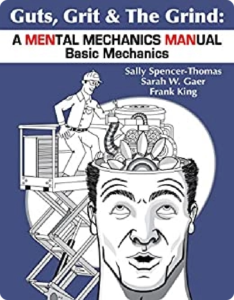In an industry synonymous with hard hats and high stakes, there is a quieter revolution taking place—one focused on mental health and resilience. As professionals in the construction and built environment sectors embrace cutting-edge innovations, they are also confronting a common dilemma: the immense pressure that drives productivity can sometimes erode the very foundation upon which safety and long-term success depend.
Over the past several decades, the construction industry has experienced rapid technological and design transformations. New building techniques, advanced materials, and smart technology have revolutionized how projects are planned and executed. Yet, amid these advances, one element has remained largely overlooked: the emotional well-being of those who bring these amazing structures to life. Workers and leaders alike face intensifying physical demands, safety risks, and an ever-changing workscape that can lead to burnout and mental strain.
Research has shown that when stress is allowed to fester, productivity, safety, and overall job satisfaction decline. This is particularly critical in high-stakes industries—where the margin for error is slim and the stakes, high. It is in this context that a growing number of organizations are rethinking what it means to be resilient. Traditional safety protocols are being revamped to include mental wellness strategies. Initiatives that once were seen as ancillary are now considered essential components of a holistic approach to safety.
Addressing these issues requires innovative approaches that merge technology with human insight. The concept is simple: resilience begins with recognizing the warning signs of stress and proactively building protective factors into your daily routine. This involves training teams on how to identify early indicators of burnout, facilitating open discussions about mental health, and embedding structured support systems within the organizational framework.
There are several actionable steps that leaders can take. First, create safe spaces for honest conversation—spaces where employees feel heard and understood. Simple measures such as regular check-ins and peer support programs can make a significant difference. Additionally, integrating mental wellness training with routine safety protocols not only boosts morale but also enhances overall operational resilience. These initiatives help cultivate a culture where every team member understands that taking care of one’s mental health is as important as following safety guidelines on the job site.
Moreover, embracing a proactive stance on mental health can drive innovation within the industry. When teams are strong mentally, they are more adaptable, creative, and better equipped to handle challenges. As construction projects become more complex, the importance of mental agility and supportive leadership cannot be overstated.
By rethinking resilience to include mental health and wellness, industry leaders can set the stage for safer, more productive workplaces. This new paradigm not only benefits employees on a personal level but also leads to stronger, more cohesive operations. In an industry built on transformation, the greatest structures aren’t made of concrete and steel—they are built on trust, collaboration, and the well-being of every individual on the team.
Make a Quick Call

